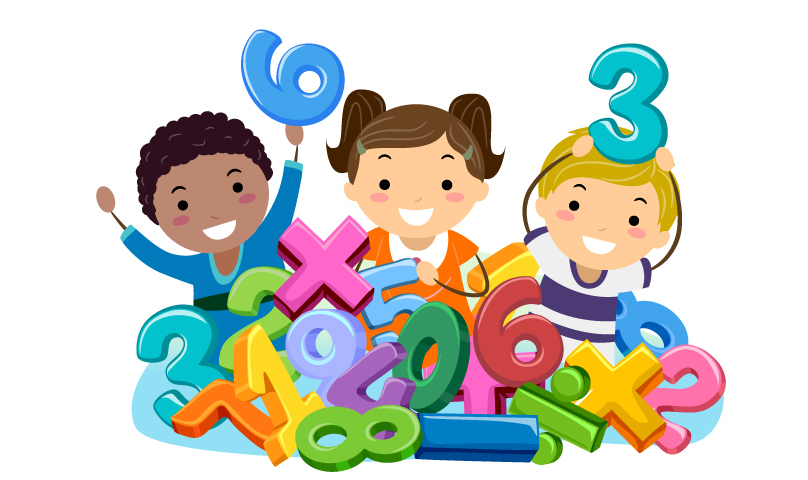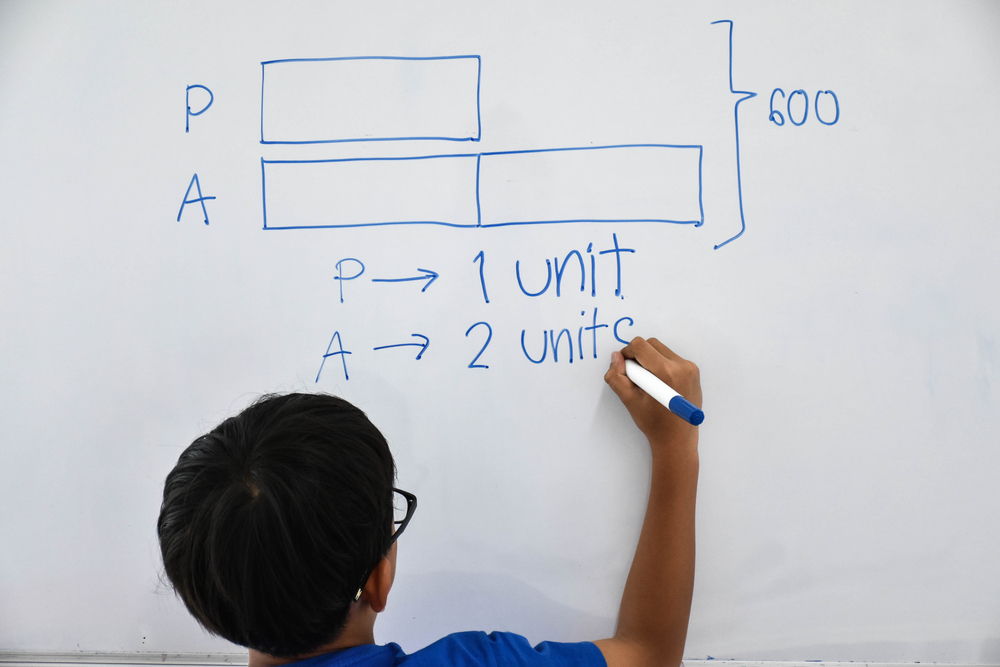Reading comprehension Normal Arrays Worksheets for Ages 3-9
4 filtered results
-
From - To
Enhance your child's reading skills with our engaging Normal Arrays Worksheets, designed specifically for ages 3-9. These worksheets provide a fun and interactive way to develop reading comprehension through visually appealing array patterns and related questions. Children will learn to analyze data and improve their understanding of mathematical concepts while honing their reading abilities. With age-appropriate content, our worksheets encourage critical thinking and creativity in young learners. Ideal for classroom use or at-home learning, these resources support early education and help establish a strong foundation for future success in both reading and mathematics. Start building confident readers today!
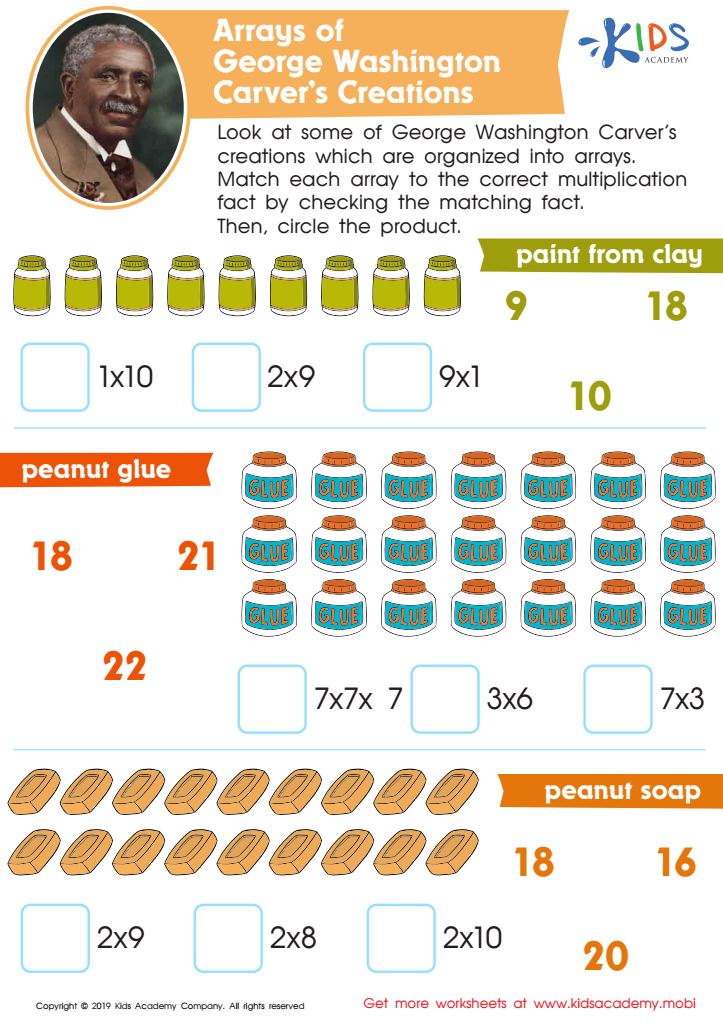

Arrays of George Washington Carver’s Creations Worksheet
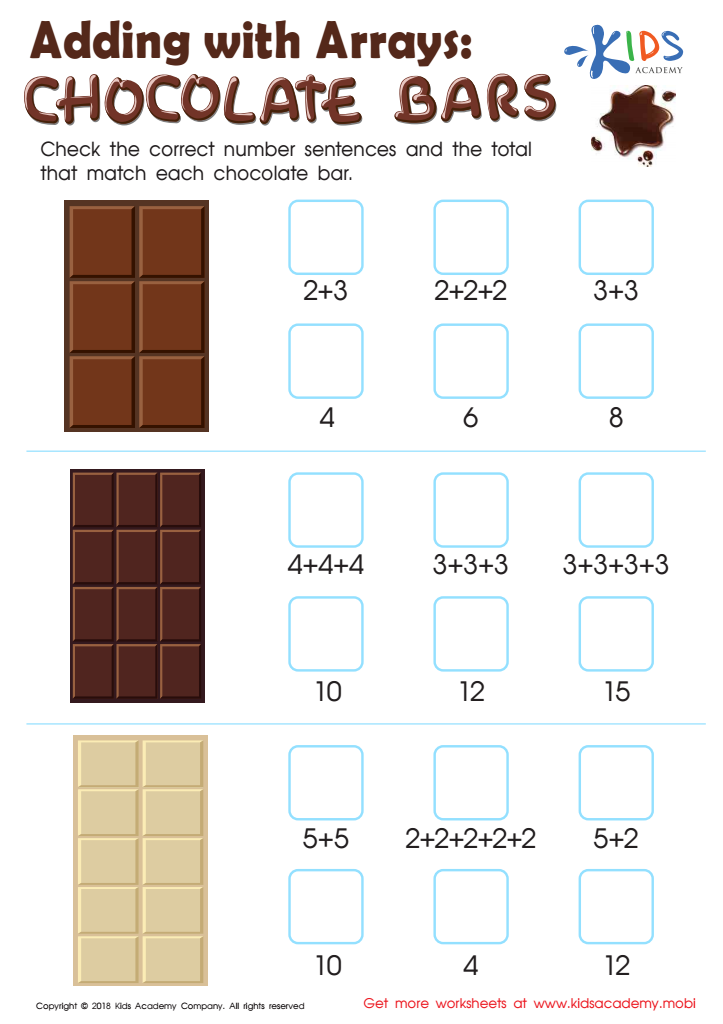

Adding with Arrays: Chocolate Bars Worksheet
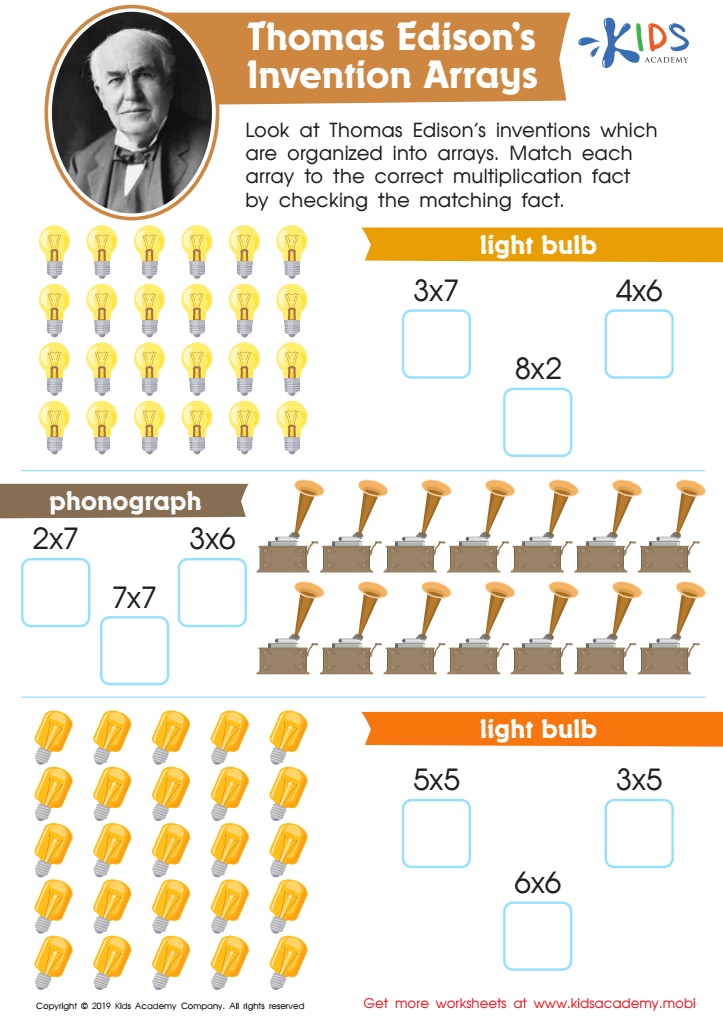

Thomas Edison’s Invention Arrays Worksheet
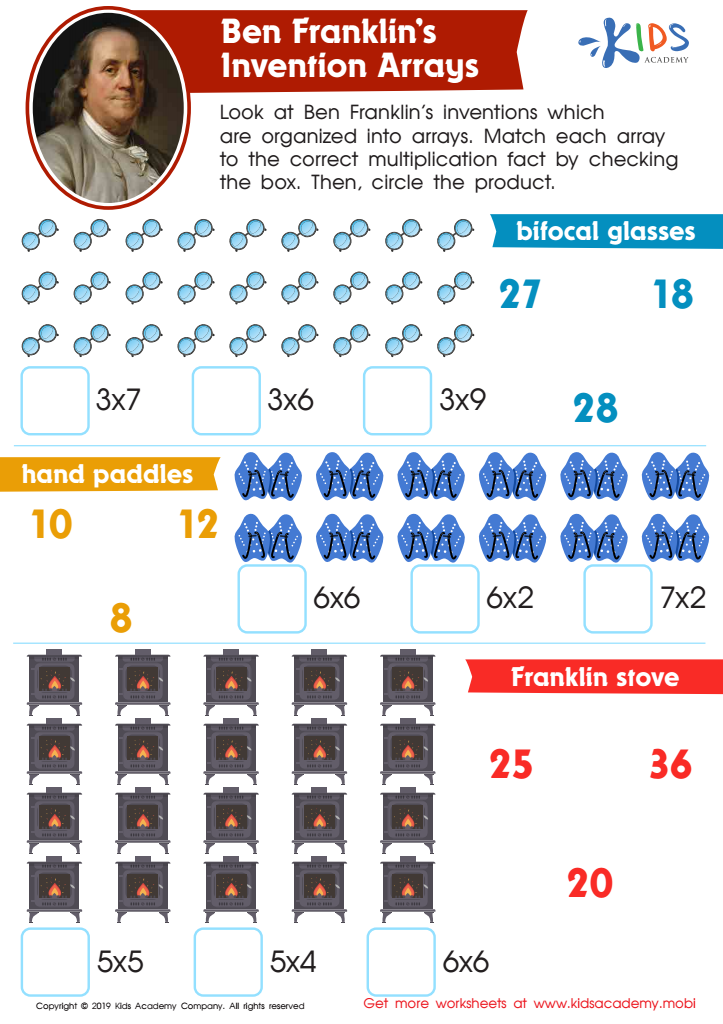

Ben Franklin’s Invention Arrays Worksheet
Reading comprehension normal arrays are essential tools that help parents and teachers understand a child's reading development and progress, especially in children aged 3 to 9. This age group is pivotal for developing foundational literacy skills, and comprehension represents the ability to understand and interpret what is being read. By caring about reading comprehension normal arrays, educators and parents can identify where a child stands in relation to age-appropriate benchmarks, allowing for targeted support and intervention.
Understanding a child's reading comprehension level enables teachers to tailor their instructional strategies, ensuring that each child receives the appropriate level of challenge and support. For example, a child performing below expected levels may benefit from additional exercises focused on vocabulary and context clues, while a child above average may require enrichment activities to deepen their critical thinking skills.
Moreover, consistent monitoring of comprehension skills can illuminate wider developmental issues, such as attention or language problems. For parents, being informed of their child's progress fosters engagement and encourages reading as a family activity, ultimately instilling a lifelong love of literature. By recognizing the importance of comprehension normal arrays, adults can better advocate for their children's educational needs, paving the way for successful reading experiences and overall academic achievement.
 Assign to My Students
Assign to My Students




